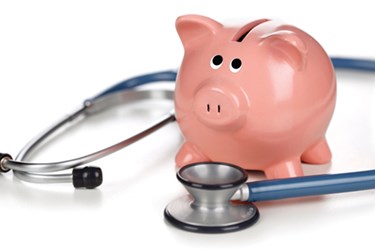Cause Of Healthcare Spending Slowdown Unclear

By Christine Kern, contributing writer

Two snapshots of health spending do little to clarify reasons for drop
Modern Healthcare reports new data from the Bureau of Economic Analysis for the final quarter of 2013 show health spending accelerated – and more sharply than two prior estimates suggested – after a period of historically slow growth, an Altarum Institute analysis of BEA and additional data found.
Separately, the S&P Dow Jones Indices found that spending by 60 million individuals with commercial insurance slowed during the year that ended in November.
These reports add to a flurry of research, published and underway, examining whether the weak economy caused the recent lull in health spending growth or whether slower spending resulted from new, more efficient approaches to healthcare delivery and financing. The relationships are significant for legislators, business owners and households since U.S. health spending has historically outpaced the nation's economic growth.
The analysis of federal data by the Altarum Institute demonstrated average monthly growth hovered below 4 percent as the economy struggled to gain footing, but began to accelerate last August. Spending growth was 5.3 percent in the final quarter of 2013. “We were somewhat surprised,” said George Miller, an Altarum Institute fellow, particularly after preliminary estimates showed growth of 4.6 percent.
The study did not include spending by those newly insured under the Affordable Care Act, which would not be captured until January when new coverage went into effect. The BEA data also does not track health insurance premiums.
“The debate will rage on,” said Paul Hughes-Cromwick, a senior health economist with the Altarum Institute. “There's no easy way to resolve that.” Last year's Bureau of Economic Analysis data and the agency's preliminary figures for 2014 do suggest an uptick in health spending unrelated to growth created by the Affordable Care Act’s expansion of insurance coverage, however.
Hughes-Cromwick also said spending that exceeds 6 percent growth this year “will provide evidence that we're seeing something cyclical,” or related to the economic cycle. Growth of high-deductible health plans may contribute to more spending as the year ends, as households that have exhausted their annual deductible seek care before the new year brings new deductibles.
The S&P Dow Jones Healthcare Claims Indices, accounting for 40 percent of U.S. fee-for-service insurance claims, found that spending slowed during the year that ended in November to 3.5 percent compared with 4.9 percent for the same period the prior year. Inpatient costs increased 3.5 percent, a slowdown from 4.5 percent the prior year. Outpatient spending growth also slowed to 5.2 percent from 8 percent. For prescription drugs, spending increased 2.6 percent, compared with 2.9 percent a year earlier.
